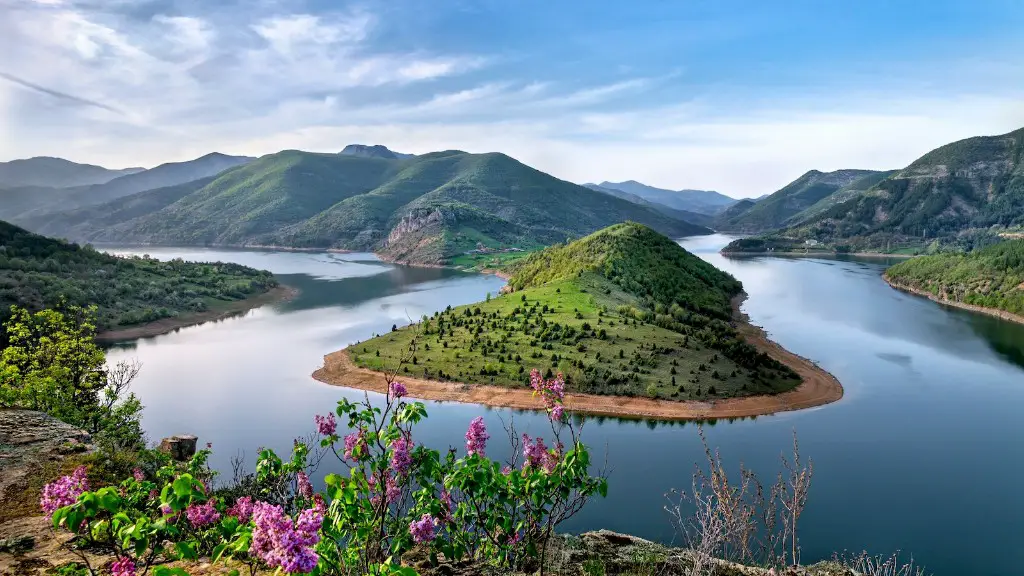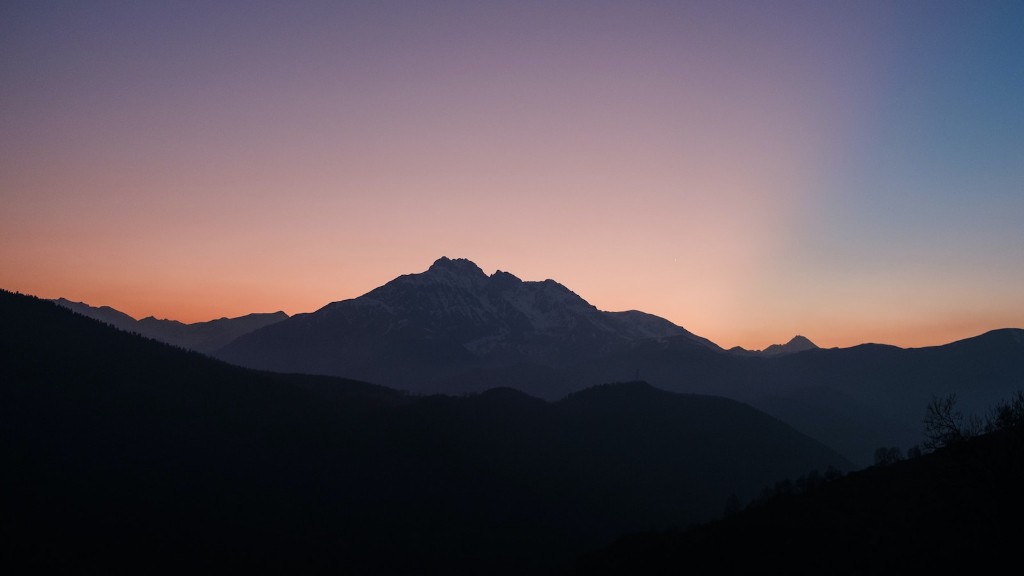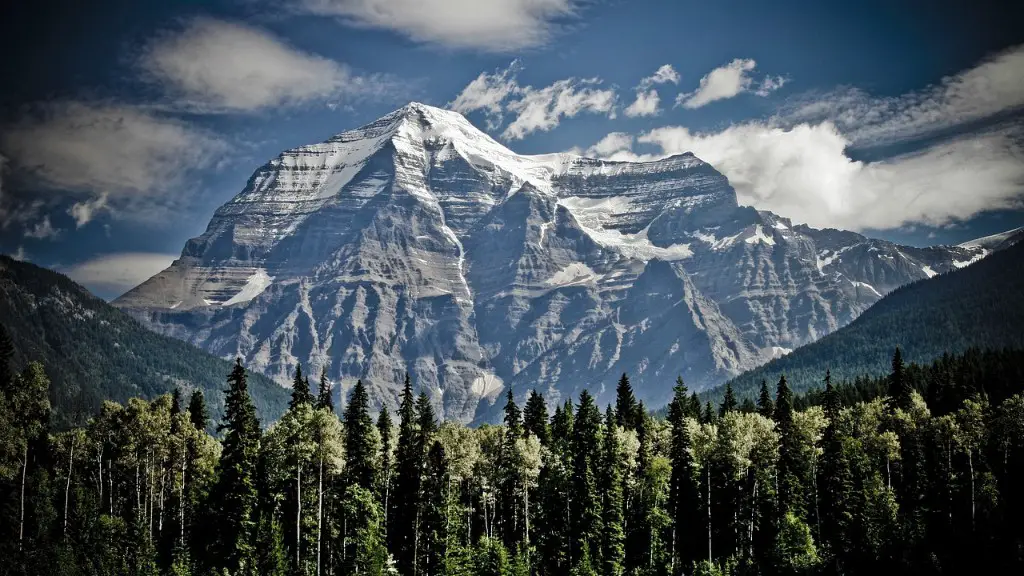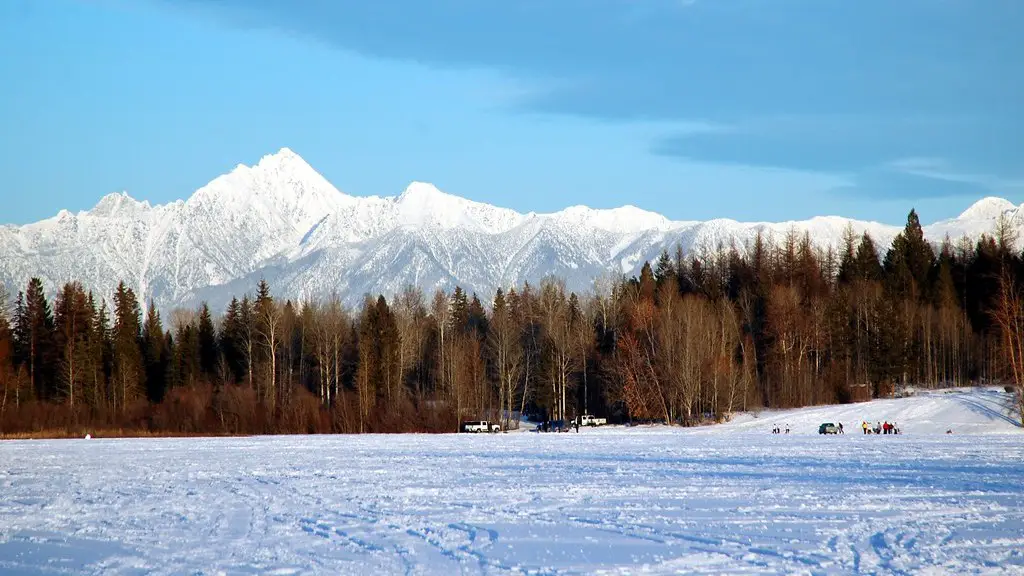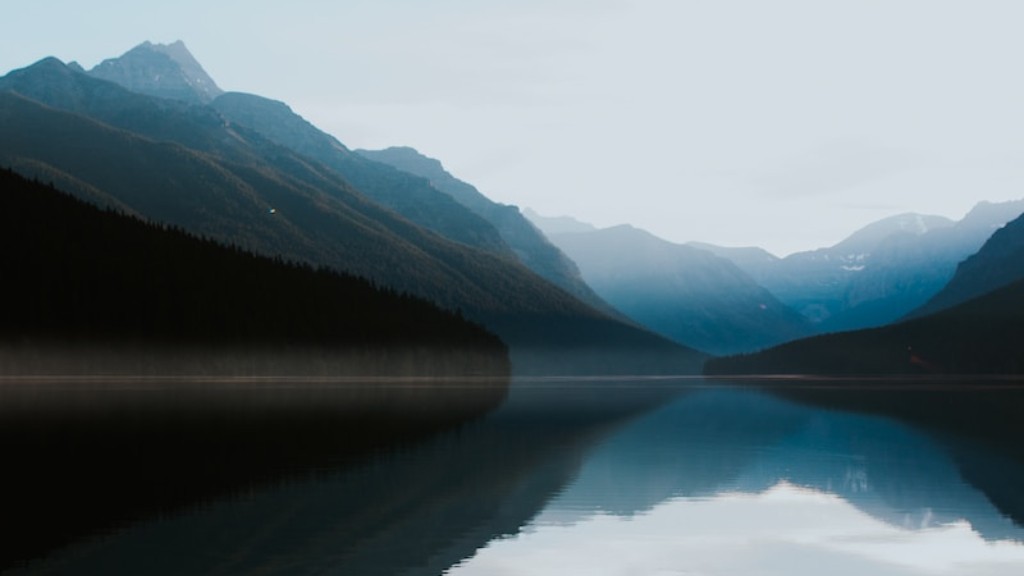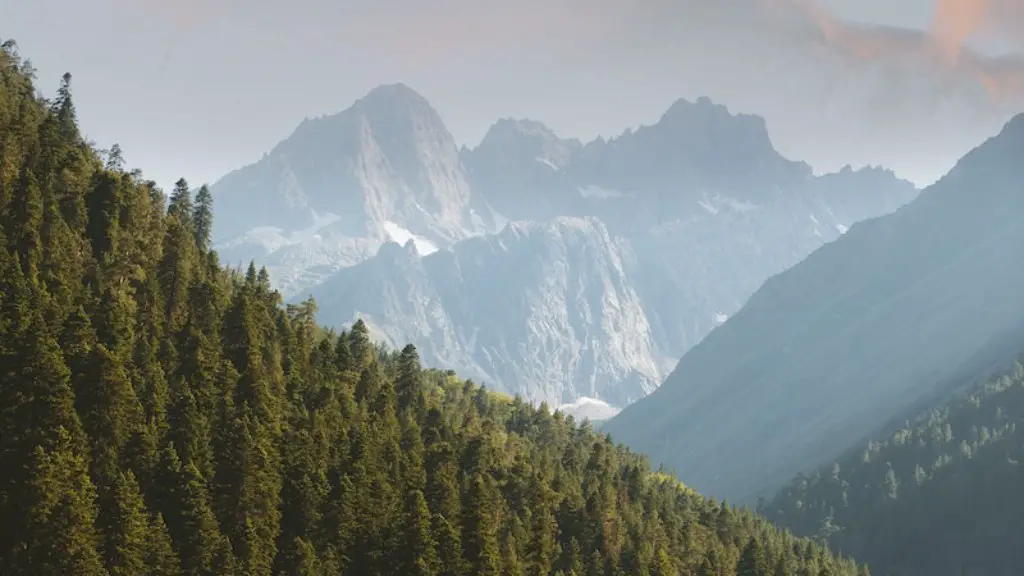In May 1953, a young New Zealander named Edmund Hillary and his Nepalese Sherpa guide, Tenzing Norgay, reached the summit of Mount Everest, the highest point on Earth. It was the first time that anyone had ever stood at the top of the world.
Climbing Mount Everest is an incredibly difficult and dangerous undertaking. The mountain, which is part of the Himalayan range, rises to a height of 29,035 feet (8,850 meters). The air at that altitude is extremely thin, and the temperature can drop to minus 76 degrees Fahrenheit (minus 60 degrees Celsius).
Despite the risks, every year hundreds of people attempt to reach the summit of Everest. Some are successful, but others never make it back down the mountain. In 2019, 11 people died while trying to climb Everest.
So, what is it like to climb Mount Everest? It’s difficult to say, because everyone’s experience is different. For some, it may be a once-in-a-lifetime achievement; for others, it may be a disappointing failure. But one thing is certain: it’s an adventure that you’ll never forget.
Climbing Mount Everest is an incredibly challenging and dangerous feat. Many people have died attempting to summit the world’s tallest mountain. The altitude and weather conditions are incredibly harsh, and the air is very thin. climbers must be very well-prepared and experienced in order to have any chance of success.
What it feels like to climb Mt. Everest?
According to mountaineer and filmmaker David Breashears, the air has so little oxygen in it that even with supplementary air tanks, it can feel like “running on a treadmill and breathing through a straw.”
There are definitely a lot of challenges that come with climbing Mount Everest. It is one of the highest mountains in the world and can be very difficult to summit. There are other mountains that are less high than Everest but can be just as difficult, if not more, to climb. Only professional climbers who are in good shape and have experience climbing other mountains should attempt to climb Everest.
Can a normal person climb Mount Everest
In order to successfully summit Everest, you must be incredibly physically fit; most people spend at least one-year training to climb the mountain. You should also be comfortable on AD-rated climbs with previous experience at high altitudes.
The cost of climbing Everest has continued to skyrocket, with prices ranging from $30,000 to $160,000 in 2022. While this may seem like a lot of money, it is important to remember that this is a once in a lifetime experience. If you are able to save up and afford the trip, it will definitely be worth it in the end.
How much weight do you lose climbing Everest?
One study found that Everest climbers generally lose between ten and 20 pounds. This weight loss is due to the body’s inability to properly digest and absorb food at high altitudes. To combat this, expedition companies recommend that climbers eat simple foods that are easy to carry and digest. These foods include high-energy foods like nuts and dried fruit, as well as protein-rich foods like jerky and canned fish.
Yes, there are plenty of places where you can shower on the Everest Base Camp trek. The only issue with this is that sometimes the water isn’t hot. All of the showers available on the trek are heated by solar power, so if it’s been a cloudy day or for a couple of days, you’re not going to get any hot water.
How cold is it at the top of Everest?
The weather and climate of Mount Everest is one of extremes. Temperatures at the summit are never above freezing and during January temperatures can drop as low as -60° C (-76° F). Despite the low temperatures the biggest issue faced by climbers are hurricane force winds and wind chill.
Mountain sickness is a real challenge for climbers of Mt. Everest. It can be very scary for trekkers and they need to be very careful before taking any further steps. Acute mountain sickness in Everest usually results from low air pressure and rapid temperature changes.
What is the best age to climb Everest
The two routes to scale the world’s tallest peak are from the Everest North side in Tibet or the Everest South side in Nepal. Chinese authorities impose an age limit of 18-60 in Tibet, while in Nepal, climbers must be a minimum of 16 years old but there is no upper age limit.
The three main reasons it takes so long to climb Everest are the trek in, the acclimatization, and the weather. The trek can be skipped by taking an expensive helicopter ride from Lukla to Base Camp if the weather allows. If not it’s a 8-14 days trek depending on resting and acclimatization.
Can you climb Everest for free?
This is an amazing opportunity to get your trek for free! All you need to do is find ten people who are willing to join you on the trek and pay for their own trek. This is a great way to get a group of friends together for an amazing adventure.
Nims Purja has set two new world records in mountaineering, and is being hailed as a hero in the mountaineering community. In just eight days, he summited Everest, Lhotse and Kanchenjunga – all without supplementary oxygen. This is an incredible feat, and Purja is rightfully being celebrated for his achievement.
How much do Sherpas get paid
Sherpa is a company that provides Support Services. They offer a variety of services like Event Planning, Marketing, and Social Media.
Sherpa pays its employees an average of $77,410 a year, or $3722 an hour. The lowest earners at Sherpa make $42,000 a year, while the top 10 percent make over $139,000 a year. Salaries at Sherpa vary by department.
Jordan Romero is an American mountain climber who was 13 years old when he reached the summit of Mount Everest. He is the youngest person to ever climb Everest.
Why is it so expensive to climb Everest?
The four main factors that contribute to the pricing of a Mount Everest mountaineering expedition are the type of guide, travel, permits and insurance, and supplies and gear. All-inclusive expedition services typically cost more than logistics-only services, as they include the cost of guides, travel, permits, and insurance, as well as the cost of supplies and gear.
Since 1953, when the first men reached the summit, more than 300 climbers have died on their way to the top of the world’s tallest mountain. A third of these succumbed to the deadly lack of oxygen.
What do Sherpas eat
The potato is a staple food for the Sherpas, who grow them at altitudes up to 14,000 feet. The main food eaten is Sherpa stew, “shyakpa,” a meat and potato based stew with some vegetables mixed in. Rice with lentils, which is called “daal bhaat,” is also a common meal for the Sherpas.
The higher the peak, the more efficient our bodies must be at using oxygen, so the more we must acclimatize. The highest mountains in the world are over 8,000 meters (26,400′) and the air is so thin (low in pressure), it takes weeks for our bodies to even be able to survive at the altitudes where we camp. Our bodies have to adjust to the lower pressure and lack of oxygen by producing more red blood cells to carry oxygen to our muscles.
Conclusion
Climbing Mount Everest is an exhilarating and challenging experience. The climb takes you through some of the most beautiful and awe-inspiring scenery in the world, and the feeling of achievement when you reach the summit is indescribable. However, the climb is also incredibly physically and mentally demanding, and it is not for the faint-hearted. If you are planning to attempt the climb, you need to be prepared for a tough journey.
Climbing Mount Everest is an incredible experience. It is unlike anything else in the world. You are surrounded by some of the most beautiful scenery imaginable, and the sense of accomplishment you feel when you reach the summit is indescribable. If you are considering climbing Mount Everest, I highly encourage you to do it. It is an experience you will never forget.
